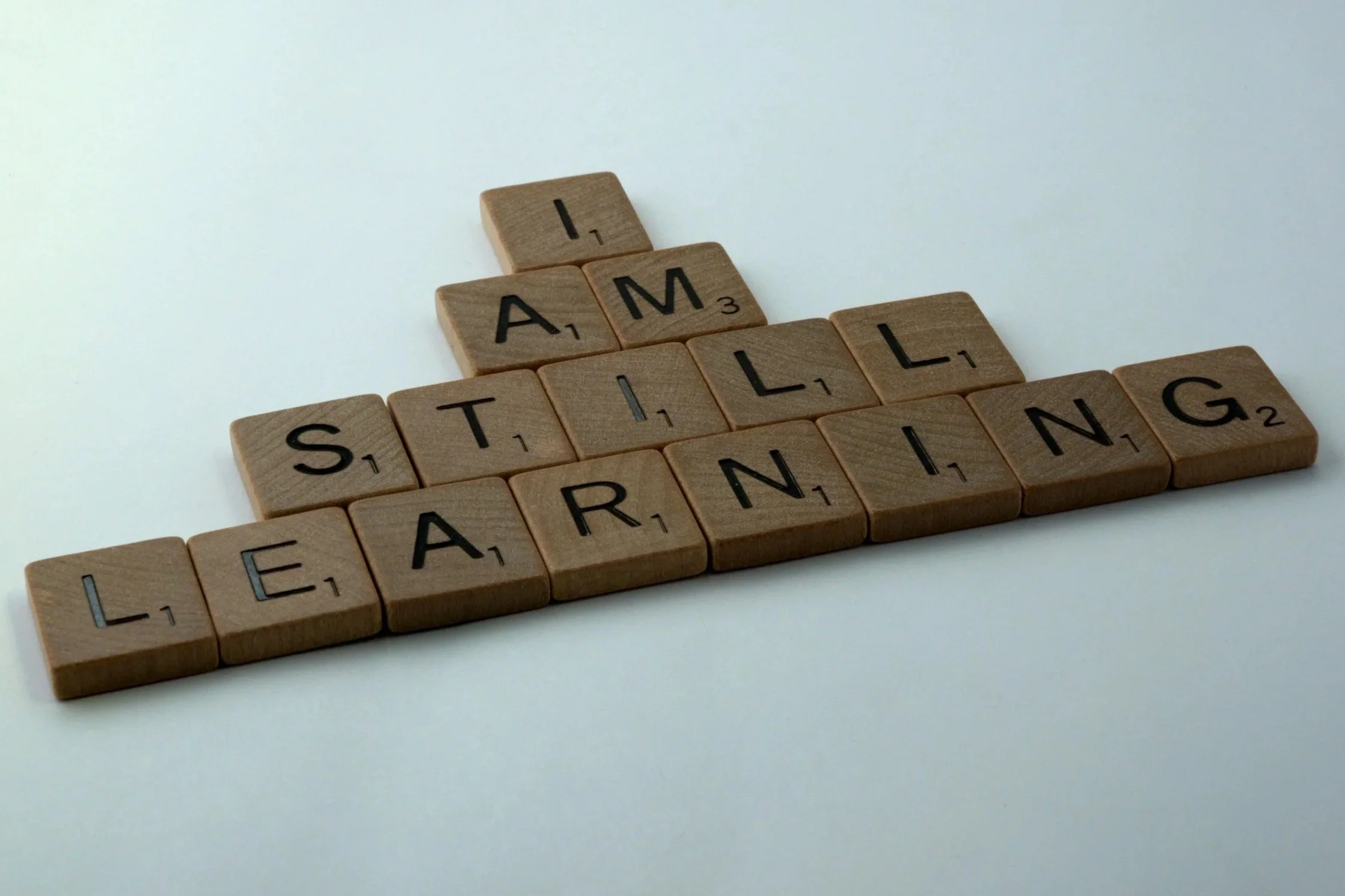Transferable skills + Leadership as teaching
Career coaches talk about transferable skills. How can what you learned from your academic work and other jobs you’ve had transfer to jobs you would like to have now? It is good to take stock, to understand what you know and what you bring, and perhaps most importantly, craft a compelling story that makes your value clear. Taking stock can also help you identify what you like and don’t like doing, and what you need to learn. I have been working on articulating my transferable skills from all of my years in teaching and learning as I work on Polished Owl Consulting and explore future career possibilities, and I am here to tell you it is not always easy!
Sometimes it is not easy because you can’t see things that are too obvious to you. You have to remember that people who have not had the same training as you will not take the same things for granted. If you take time to break down everything that happens in a college classroom, or everything involved in working in your lab, or what you had to do to get your dissertation done, you would likely come up with a very long list of things you know how to do that you may not have appreciated. Give yourself credit for those things, and think about how you want to use them in your next chapter.
One way you might realize the skills you have is when you notice that they are missing in others. I’ve spent a lot of time thinking about what can be learned from teaching, and one way it became clear to me was from experiences with people in leadership roles who didn’t have those skills. How many meetings did I attend where the participants didn’t know each other or weren’t introduced, where there was no clear goal or agenda, where people were afraid to ask questions or share ideas, or where there was a rapid, one-way sharing of information no one would remember?
In my mind, a good leader has the qualities of a good teacher:
They have a vision and specific goals.
They are curious and interested in learning.
They listen and pay attention.
They are open to new ideas.
They get to know the people they lead and build trust.
They motivate people to do their best.
They model the behavior they want to see.
They know how to give and receive feedback.
They know that keeping order and enforcing rules does not have to mean shutting people down.
A colleague and I used to joke that so many of the problems we saw teachers facing were really problems of being human. In many ways teaching about teaching is like teaching how to be human, how to listen, how to connect with people, and how to help them learn. These problems are not unique to teaching, and it feels particularly noticeable now as we are living through such a cruel period. Lay offs, long careers ended, basic kindness and understanding lost, so many people afraid. When you lead (or teach) from a place of fear, it is not going to go well. As Michelle Obama said, we need to “go high”:
Going high doesn’t mean doing nothing. It’s not disengagement or simply turning the other cheek. It’s about making your work count and your voice heard in a way that’s authentic to you and constructive for others. It’s about making sure your commitment to dignity and decency lights the way in everything you do—how you treat others, how you show up in the world..
Now more than ever we should remember to be kind, and to bring joy and compassion to our interactions with others. Think about what you can bring, and how to be positive. And if you have been fortunate enough to teach and learn about teaching on your journey, be grateful for what you know and how it can help you lead on every level.
Do you want help leading an event for your department, or planning an important meeting? Would you like to talk about teaching and your other transferable skills? Do you want a partner in exploring your next steps? I am always here.
